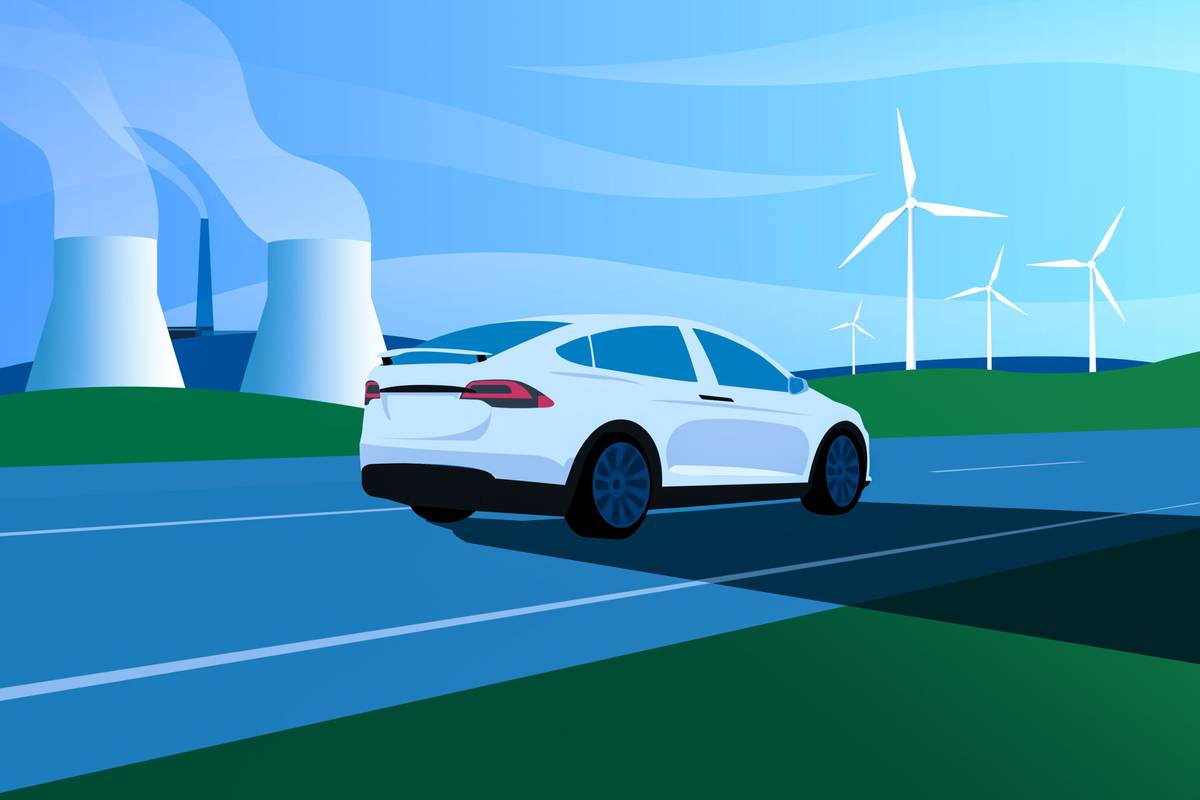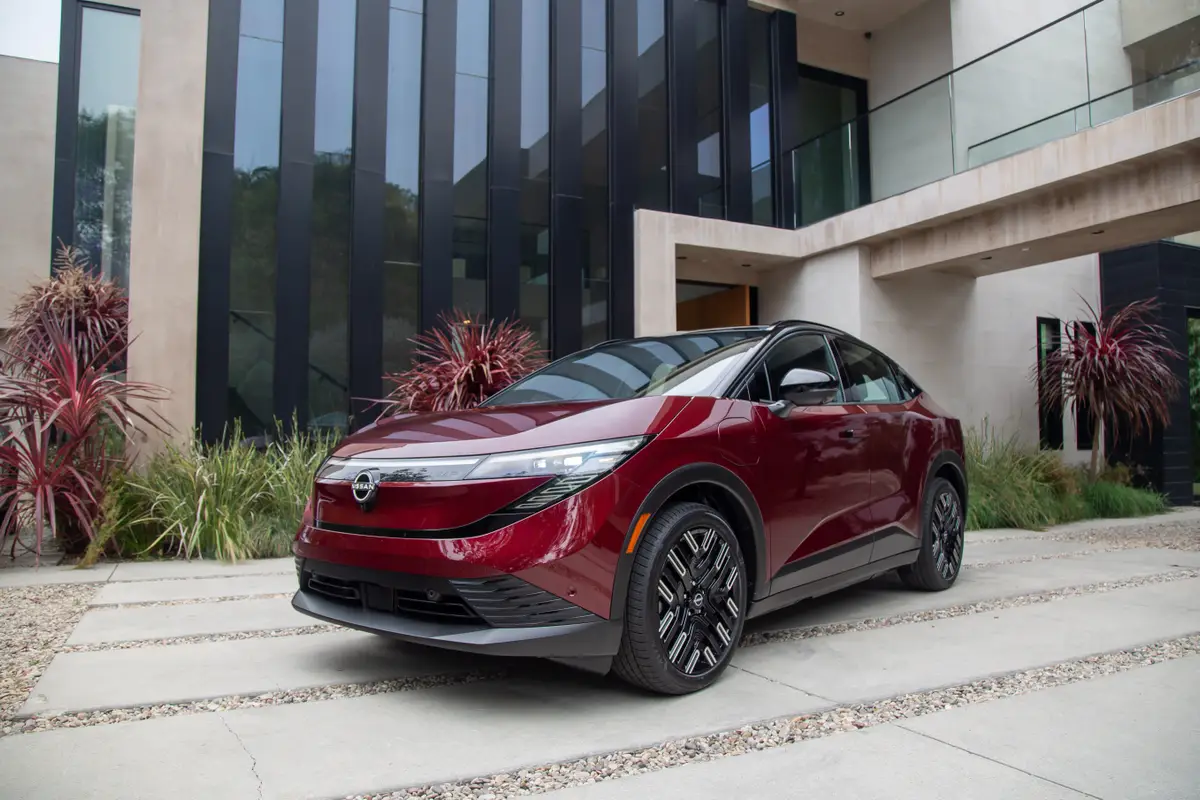Are Electric Cars Better for the Environment?


Are electric vehicles better for the environment? The answer is yes — not perfect, but better than an average new gasoline-powered vehicle no matter where you live in the U.S., according to a greenhouse gas emissions calculator created by the EPA. The calculator lets you compare the total emissions per mile — almost all of it carbon dioxide — of current EVs in any region in the country to the emissions of the average gasoline vehicle.
Related: Here Are the New Electric Vehicles Planned by 2025
But wait, aren’t electric cars “zero-emission” vehicles? Well, not exactly. They have zero local emissions. The calculator accounts for the reality that while electric cars emit no carbon dioxide on the road (that is, no tailpipe emissions), the energy stored in their batteries has to be generated somewhere — and much of the power generation in the U.S. creates what are known as upstream emissions for the EV.
However, the EPA calculator also shows that the oft-heard criticism that EVs simply shift the same emissions to somewhere else is a myth. EVs still account for lower greenhouse gas emissions than the average new gasoline vehicle.
Not All Electricity Is Created Equal
For EVs, the EPA calculates the grams of greenhouse gases created to produce the electricity needed to drive a mile. The calculator provides model-specific grams per mile for each of the various EVs currently on the market, as well as for current plug-in hybrid electric vehicles.
The calculation also is location-specific. That’s important for an accurate calculation of EV upstream emissions because the mix of power generation sources varies by region. In the U.S., much of our electricity — about 60% in 2020 — comes from power plants that run on fossil fuels, including nearly 20% from plants that still burn coal, according to the Energy Information Administration. Another 20% is from nuclear plants, and a further 20% or so comes from renewables such as wind, solar and hydroelectric generation.
The EPA divides the country into 26 regions and calculates the CO2 impact of an EV based on the actual mix of electric power sources for that region — from fossil fuel plants to non-fossil fuel sources. You can find a map of the regions and check the mix in your region with the EPA’s Power Profiler here.
For its comparison, the EPA calculates that the average new gasoline vehicle these days is responsible for total greenhouse gas emissions — mostly from the tailpipe, but also including the production and transportation of the gasoline — of 404 grams per mile.
The Bottom Line
The key takeaway is that, by the EPA’s calculations, EVs are responsible for lower CO2 emissions than those created by an average gasoline vehicle regardless of where you drive. Depending on the region, the greenhouse gases in grams per mile might be higher or lower than the same EV in another region with a different mix of electricity sources, but they’re consistently lower than those of the average new gasoline car.
That’s true, for example, for driving a 2021 Tesla Model X Performance with 22-inch wheels in Burlington, Vt. The EPA calculates total greenhouse gas emissions for our hypothetical car at 110 grams per mile, nearly 75% less than the 410 grams for a gasoline vehicle. You would expect that low level of upstream emissions in a region with a lot of non-fossil-fuel power generation and in a state that gets about 100% of its electricity from renewable sources, the majority hydroelectric, according to the EIA.
But the same Model X would also be responsible for 230 grams per mile in Charleston, W.Va. — about 44% less than the average gasoline vehicle. That’s in a region with a lot of fossil fuel plants and in a state that as of 2019 got about 91% of its electricity from coal-fired power plants, according to the EIA.
The Greener Future
There are some caveats. Making any car is an industrial process that involves emissions; the only truly zero-emissions vehicle is the one that isn’t built. In addition to assumptions about power generation in any given area, comparing EVs and gasoline vehicles also is complicated by such things as the relative size, weight and efficiency of the individual vehicles of either type. In the West Virginia example above, the margin would narrow if compared to a gasoline vehicle, such as a hybrid, with above-average fuel economy.
More From Cars.com:
- Electric Vehicles: Understanding the Terminology
- Which Electric Cars Are Still Eligible for the $7,500 Federal Tax Credit?
- How to Find EV Charging Stations
- Do I Need a Home Charger to Own an Electric Car?
- 5 Things That Could Slow Your EV’s Home Charging Speeds
- More Green Car Coverage
But still, while not zero-emissions, an electric car is consistently better for the environment in terms of CO2 emissions than the average new gasoline vehicle, and that margin should grow as electricity generation shifts more to cleaner sources. That includes more power generation that doesn’t involve fossil fuels, but in the shorter term also includes a continuing decline in the use of coal. And in terms of meeting ambitious emissions reduction goals, transportation overall — which includes motor vehicles but also sources like planes, trains and watercraft — accounts for about 29% of total U.S. greenhouse gas emissions.
Related Video:
Cars.com’s Editorial department is your source for automotive news and reviews. In line with Cars.com’s long-standing ethics policy, editors and reviewers don’t accept gifts or free trips from automakers. The Editorial department is independent of Cars.com’s advertising, sales and sponsored content departments.

Former D.C. Bureau Chief Fred Meier, who lives every day with Washington gridlock, has an un-American love of small wagons and hatchbacks.
Featured stories




